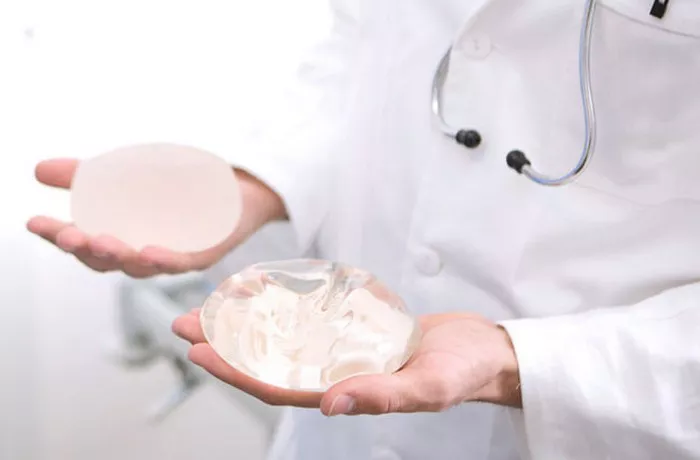Breast augmentation with silicone implants is a popular cosmetic procedure that can enhance the size, shape, and overall appearance of the breasts. While the results are often satisfying, some individuals may experience a concern known as “rippling” or “wrinkling” in the implants. These ripples are visible or palpable folds on the surface of the breast, which can affect the natural look and feel of the augmentation. In this article, we delve into the phenomenon of ripples in silicone breast implants, exploring the underlying factors, potential solutions, and considerations for individuals considering or undergoing breast augmentation.
Understanding Breast Augmentation with Silicone Implants
Breast augmentation using silicone implants involves the surgical placement of silicone shells filled with silicone gel to enhance the size and shape of the breasts. This procedure can provide natural-looking results, but certain factors can lead to the development of ripples or wrinkles in the implants.
Factors Contributing to Ripples
Implant Placement: The placement of the implant plays a significant role in the development of ripples. Implants placed over the muscle (subglandular) are more prone to rippling due to the thinner layer of tissue covering them.
Implant Size: Larger implants or implants with a higher profile can increase the risk of rippling, as they may place more tension on the overlying tissue.
Body Composition: Individuals with minimal breast tissue or body fat are more likely to experience rippling, as there is less natural padding to mask the implant’s edges.
Implant Type: Different types of implants, such as textured or smooth implants, can impact the likelihood of rippling. Textured implants are designed to adhere to the surrounding tissue, which can reduce the risk of rippling to some extent.
Weight Fluctuations: Significant weight gain or loss after breast augmentation can lead to changes in breast volume and tissue thickness, potentially affecting the appearance of rippling.
Aging and Skin Elasticity: As the skin ages and loses elasticity, the risk of rippling may increase, especially in cases where implants are placed over the muscle.
Minimizing Ripples
Implant Placement: Opting for implants placed under the muscle (submuscular) can help reduce the visibility of ripples, as the muscle provides additional coverage.
Implant Sizing: Choosing an implant size that is proportionate to your body’s natural contours can help minimize tension on the overlying tissue and reduce the risk of rippling.
Implant Type: Textured implants or implants with a thicker shell may help mitigate the appearance of rippling.
Fat Grafting: In some cases, fat grafting procedures can be used to add additional tissue to the breast area, providing more coverage and reducing the visibility of ripples.
Consultation with a Qualified Surgeon
Before undergoing breast augmentation, it’s crucial to have a thorough consultation with a qualified and experienced plastic surgeon. They can assess your individual anatomy, discuss your aesthetic goals, and recommend the most suitable implant type, size, and placement to achieve the desired results while minimizing the risk of rippling.
Managing Expectations
It’s important to note that a certain degree of rippling is a possibility with any type of breast implant, but thorough preoperative planning and communication with your surgeon can help you achieve the most natural-looking and satisfying results possible.
Conclusion
In conclusion, the development of ripples in silicone breast implants can be influenced by various factors, including implant placement, size, body composition, and implant type. While it’s impossible to eliminate the risk of rippling entirely, proper planning and considerations during the preoperative phase can help minimize its appearance. By choosing a qualified surgeon, understanding the potential risks, and setting realistic expectations, individuals can make informed decisions and proceed with breast augmentation confidently, achieving results that enhance their self-esteem and overall well-being.

